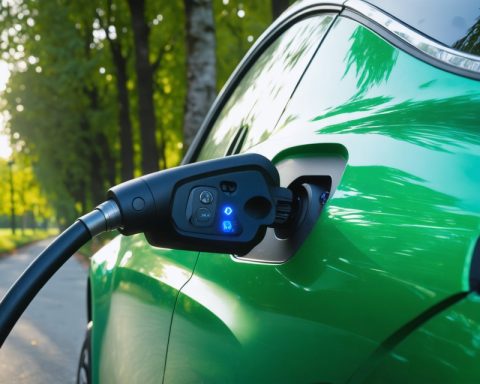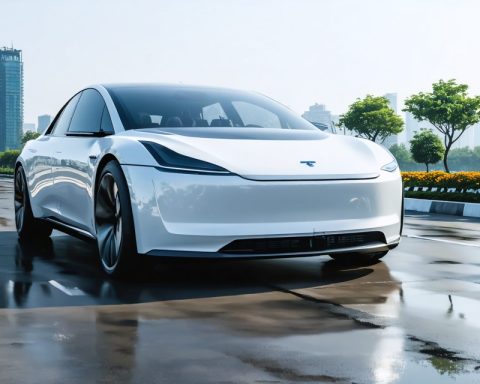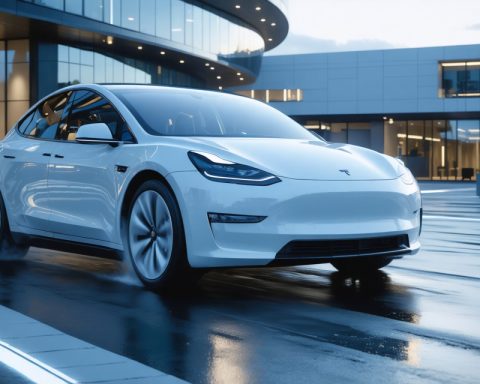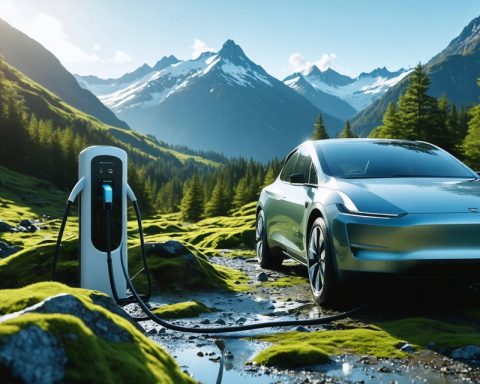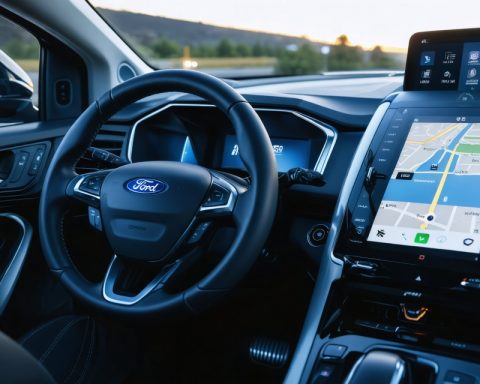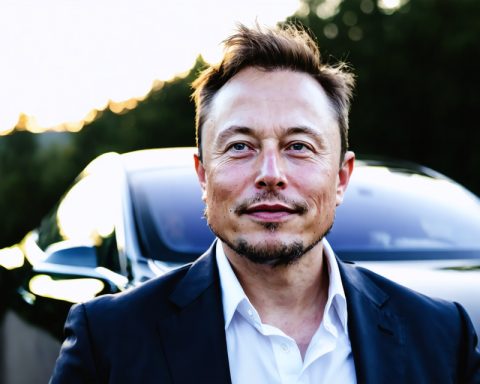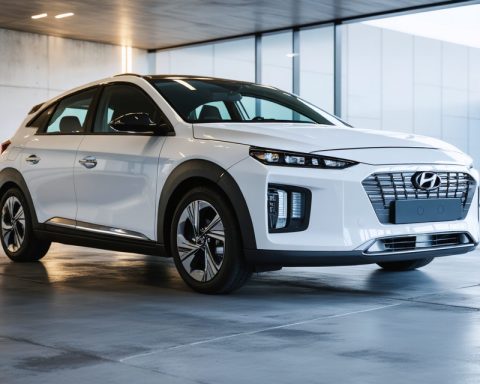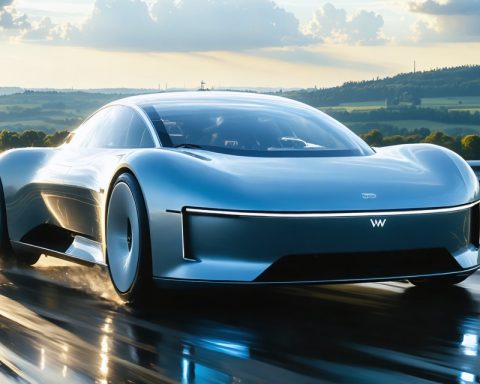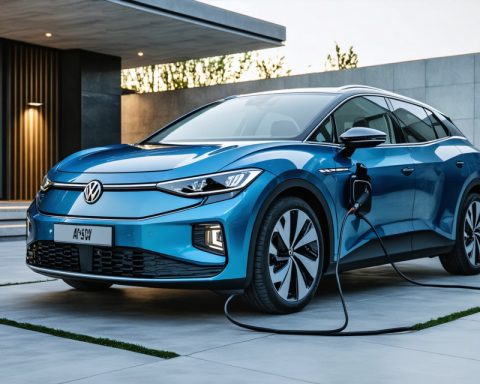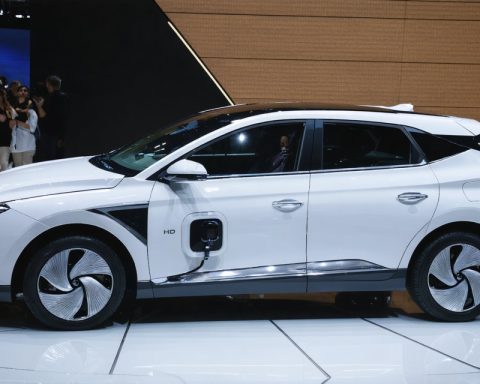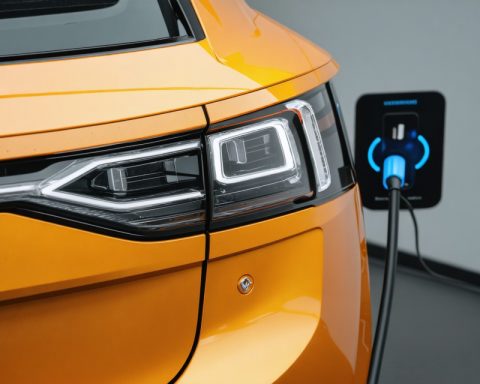- Minnesota is facing a funding challenge for road and bridge maintenance due to increased EV adoption and declining gas tax revenue.
- Current gas tax revenue falls by 1-2% annually, prompting lawmakers to explore new funding solutions.
- Proposals include a potential levy on kilowatt-hours at public charging stations, increasing the EV surcharge, and a mileage-based fee.
- Clean energy advocates caution against measures that could hinder EV adoption due to already high costs.
- Advocacy groups emphasize the necessity for consistent funding to sustain infrastructure.
- Minnesota must address these issues with a looming $6 billion deficit and EV-related fees are part of the discourse.
- This debate in Minnesota reflects a broader national challenge in financing sustainable transportation infrastructure.
Minnesota stands at a crossroads, quite literally, as state lawmakers grapple with a pivotal decision—how to ensure continuous funding for road and bridge maintenance amidst the surging electric vehicle (EV) revolution. With only 1% of cars in Minnesota being electric today, but a remarkable 7% of 2023 vehicle sales being EVs, the state is experiencing a significant shift toward a more sustainable future. The ambitious target is set: 20% of cars on the roads electric by 2030. Yet, this electrification comes at a cost.
As gasoline-powered vehicles decline and fuel efficiency improves, the state’s gas tax revenue—a crucial lifeline for maintaining transportation infrastructure—continues to dwindle by about 1-2% annually. Minnesota lawmakers from both sides of the aisle are searching for innovative solutions to bridge this growing financial gap. Among the tantalizing options: a potential five-cent levy per kilowatt-hour at public charging stations or upping the EV surcharge from $75 to a possible $200. Additionally, a proposed bill suggests charging drivers based on the miles traversed within state borders.
While these proposals aim to secure the future of Minnesota’s transportation needs, they ignite a conversation as old as the debate between road use and environmental responsibility. Some proposed measures are met with caution from clean energy proponents, like Carolyn Berninger of the Drive Electric Minnesota Coalition, who argue that the price at the point of purchase for EVs—often higher than their gas-guzzling counterparts—already contributes significantly via sales tax to infrastructure funding. The concern revolves around not stifling EV adoption at a critical growth juncture.
In contrast, advocacy groups such as the Coalition of Greater Minnesota Cities and the Minnesota Chamber of Commerce argue that consistent funding mechanisms are non-negotiable. They endorse increased fees as essential to sustaining infrastructure without delay.
As discussions swirl, Minnesota’s legislative body must navigate these stormy waters, with decisions looming over the new fiscal budget, all shadowed by a looming $6 billion deficit in coming years. If new EV-related fees are enacted, they won’t be unprecedented. In recent years, a retail delivery fee and other strategies have been introduced to temporarily remedy funding deficits.
Ultimately, Minnesota’s predicament reflects a broader narrative nationwide: how to finance the future of transportation infrastructure in an era where sustainability is no longer just an option but a mandate. It’s a delicate balancing act, ensuring that the paths we drive today and tomorrow are well-supported and sustainable. The resolution of this matter will serve as an essential benchmark for other regions navigating the electric transformation.
The Hidden Challenges of Minnesota’s Electrification: What You Need to Know
Overview
Minnesota is at a pivotal juncture as it seeks to balance the shift towards electric vehicles (EVs) with the pressing need for sustainable infrastructure funding. Despite currently having only 1% of EVs on the road, the state sees 7% of new car sales in 2023 being electric. The objective is clear: reach 20% EVs on the road by 2030. However, as gasoline vehicle use declines and fuel efficiency improves, the state’s gas tax revenue—essential for road maintenance—decreases by 1-2% annually. This financial gap has forced lawmakers to explore innovative solutions.
Key Questions and Challenges
1. How will electric vehicle adoption affect infrastructure funding?
The decline in gas tax revenue highlights a major funding challenge for infrastructure. Extending beyond gas taxes, Minnesota considers levying a five-cent charge per kilowatt-hour at public charging stations and increasing the EV registration surcharge from $75 to a possible $200. Another idea proposes charging drivers based on miles driven within the state.
2. What are potential impacts on EV adoption?
Increasing costs associated with EV use could slow adoption. Carolyn Berninger from the Drive Electric Minnesota Coalition warns that higher initial EV costs significantly contribute to infrastructure funding through sales tax, and additional fees might deter new buyers.
3. What alternatives exist for funding infrastructure?
In addition to proposed EV fees, approaches such as retail delivery fees have emerged, helping bridge budget shortfalls temporarily. Minnesota must creatively balance between funding needs and fostering EV growth.
Market Forecasts and Industry Trends
The rise of EVs is not just a state issue but a nationwide trend. According to a report by BloombergNEF, EV sales are projected to make up 28% of global passenger vehicle sales by 2030. Minnesota’s policies may set a precedent as other states grapple with similar funding dilemmas amid the drive for sustainability.
Pros and Cons of Proposed Solutions
– Pros:
– Ensures continuous funding for road maintenance.
– Aligns with sustainability goals by promoting EV infrastructure growth.
– Cons:
– Could slow EV adoption if costs rise too much.
– Potential unfairness to early EV adopters who face higher fees for contributing to sustainability.
Actionable Recommendations for Minnesota
1. Engage Stakeholders: It’s vital to include perspectives from EV proponents, environmental groups, and infrastructure experts to develop fair policies.
2. Explore Hybrid Models: Consider a mix of current proposals and innovative funding like congestion pricing or vehicle emission taxes to ensure balanced financial inflow.
3. Monitor and Adjust: Implement proposed solutions on a trial basis, ensuring flexibility to adapt as the market and technology evolve.
4. Educate the Public: Raise awareness about the costs and benefits of EV transition, emphasizing long-term infrastructure improvement.
Conclusion
Minnesota’s efforts to fund road and bridge maintenance amid rising EV adoption reflect larger national and global trends towards sustainability. The choices made today will have long-term implications for both the environment and infrastructure. By leveraging a blend of innovative funding strategies and engaging diverse stakeholders, Minnesota can lead the charge in crafting a resilient and sustainable transportation future.
For more insights on infrastructure and transportation developments, visit MnDOT.

